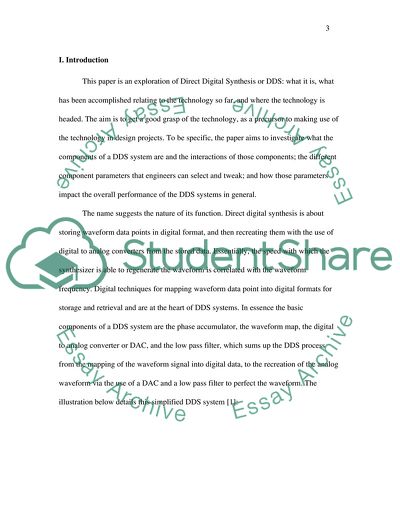Cite this document
(“Direct Digital Synthesis Research Paper Example | Topics and Well Written Essays - 1500 words”, n.d.)
Direct Digital Synthesis Research Paper Example | Topics and Well Written Essays - 1500 words. Retrieved from https://studentshare.org/information-technology/1782530-technology-review-of-direct-digital-synthesis
Direct Digital Synthesis Research Paper Example | Topics and Well Written Essays - 1500 words. Retrieved from https://studentshare.org/information-technology/1782530-technology-review-of-direct-digital-synthesis
(Direct Digital Synthesis Research Paper Example | Topics and Well Written Essays - 1500 Words)
Direct Digital Synthesis Research Paper Example | Topics and Well Written Essays - 1500 Words. https://studentshare.org/information-technology/1782530-technology-review-of-direct-digital-synthesis.
Direct Digital Synthesis Research Paper Example | Topics and Well Written Essays - 1500 Words. https://studentshare.org/information-technology/1782530-technology-review-of-direct-digital-synthesis.
“Direct Digital Synthesis Research Paper Example | Topics and Well Written Essays - 1500 Words”, n.d. https://studentshare.org/information-technology/1782530-technology-review-of-direct-digital-synthesis.


